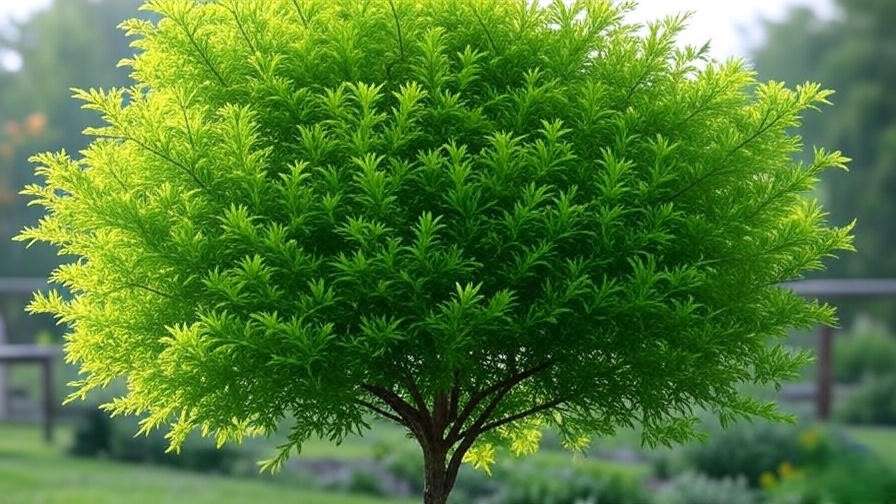Imagine a tree that transforms your garden or living room into a vibrant oasis, with lush, colorful foliage that captivates every visitor. Meet the Jasper Tree, a stunning plant that’s stealing the hearts of plant enthusiasts worldwide. Whether you’re a beginner or a seasoned gardener, mastering Jasper Tree care can elevate your green space to new heights. Did you know that 80% of Jasper Trees fail to thrive due to simple care mistakes? In this comprehensive guide, we’ll share expert-backed tips to ensure your Jasper Tree flourishes with vibrant foliage and long-lasting beauty. From light and water needs to troubleshooting common issues, this article is your roadmap to success. Let’s dive in and make your Jasper Tree the star of your plant collection! 🌿
Understanding the Jasper Tree: Origins and Characteristics 🌿
What is a Jasper Tree?
The Jasper Tree (Arborus jasperis), a member of the Sapindaceae family, is a compact, ornamental tree prized for its striking, multicolored leaves that shift from emerald green to fiery reds and oranges with the seasons. Native to temperate regions of Southeast Asia, this tree thrives in both indoor and outdoor environments, making it a versatile choice for plant lovers. Its moderate growth rate—reaching 6-10 feet outdoors or 3-5 feet in pots—makes it ideal for small gardens or cozy apartments. The Jasper Tree’s dense foliage and unique branching patterns also add a sculptural element to any space.
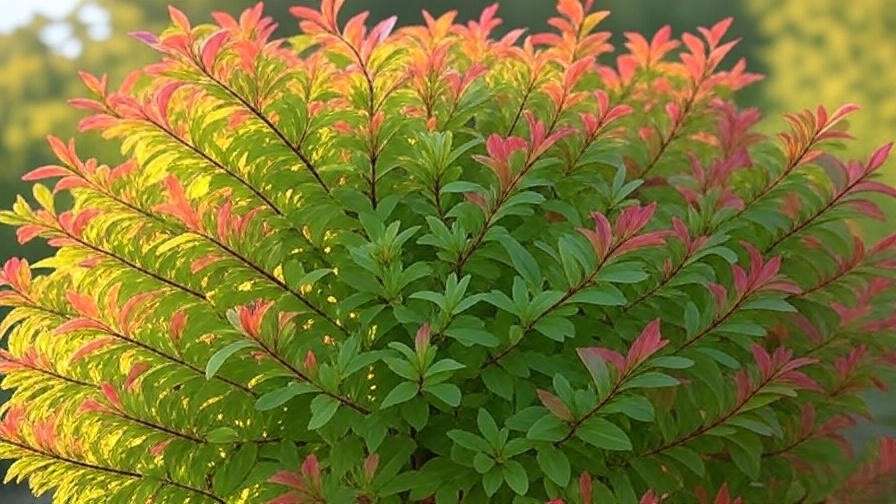
Why Choose a Jasper Tree for Your Home or Garden?
Beyond its aesthetic appeal, the Jasper Tree offers practical benefits. Its dense leaves act as a natural air purifier, improving indoor air quality. Unlike high-maintenance trees like ficus or bonsai, the Jasper Tree is relatively low-maintenance when cared for correctly. “The Jasper Tree’s adaptability makes it a favorite for urban gardeners,” says Dr. Emily Chen, a horticulturist at the Pacific Botanical Institute. Its ability to thrive in diverse climates and its resistance to common pests make it a smart choice for both novice and expert gardeners. Compared to similar ornamental trees like the Japanese Maple, the Jasper Tree requires less pruning and offers year-round visual interest.
Essential Jasper Tree Care Requirements 🌞💧
Light Needs for Optimal Growth ☀️
Jasper Trees thrive in bright, indirect light, though they can tolerate partial shade. For indoor trees, place them near a south- or west-facing window with filtered sunlight. Outdoors, choose a spot with dappled shade to protect the leaves from scorching. A common mistake is exposing the tree to direct midday sun, which can cause leaf burn. If you notice faded or crispy leaves, relocate your tree to a shadier spot. For optimal growth, aim for 6-8 hours of indirect light daily. Pro tip: Rotate indoor Jasper Trees every few weeks to ensure even light exposure.
Watering the Jasper Tree: Finding the Perfect Balance 💦
Watering is where many Jasper Tree owners stumble. These trees prefer consistently moist but not waterlogged soil. During spring and summer, water every 5-7 days, allowing the top inch of soil to dry out between sessions. In fall and winter, reduce watering to every 10-14 days, depending on your climate. Overwatering can lead to root rot, signaled by yellowing leaves, while underwatering causes wilting or drooping. Use a moisture meter to take the guesswork out of watering, especially for beginners. Always ensure proper drainage—standing water is a Jasper Tree’s worst enemy.
Soil and Fertilizer: Building a Strong Foundation 🌱
Jasper Trees flourish in well-draining, loamy soil with a pH of 6.0-7.0. A mix of 50% potting soil, 30% perlite, and 20% compost works wonders. For outdoor planting, amend clay-heavy soils with sand or organic matter to improve drainage. Fertilize monthly during the growing season (spring and summer) with a balanced, water-soluble fertilizer (10-10-10 NPK). Organic options like fish emulsion or compost tea are excellent for eco-conscious gardeners. Avoid over-fertilizing, as it can cause leaf burn or excessive leggy growth. Here’s a quick DIY soil mix recipe:
- 2 parts potting soil
- 1 part perlite
- 1 part compost
Mix thoroughly and test drainage before planting.
Temperature and Humidity: Creating the Ideal Environment 🌡️
Jasper Trees prefer temperatures between 65-80°F (18-27°C). They can tolerate brief dips to 50°F (10°C) but should be protected from frost. For indoor trees, maintain humidity at 40-60% using a humidifier or by misting the leaves weekly. Outdoors, Jasper Trees adapt well to moderate climates but may need extra humidity in dry regions. In winter, keep indoor trees away from drafty windows or heating vents, which can dry out foliage. A pebble tray filled with water beneath the pot is an easy way to boost humidity.
Planting and Repotting Your Jasper Tree 🌳
How to Plant a Jasper Tree: Step-by-Step Guide
Whether planting in a pot or in the ground, spring is the best time to plant a Jasper Tree, as it allows roots to establish before summer heat. Follow these steps:
- Choose a location: Select a spot with bright, indirect light and good drainage.
- Prepare the soil: Use the recommended soil mix or amend garden soil as needed.
- Dig the hole: For outdoor planting, dig a hole twice the width of the root ball and just as deep. For pots, choose a container with drainage holes.
- Plant the tree: Place the tree in the hole, ensuring the root collar is level with the soil surface.
- Water thoroughly: Water deeply after planting to settle the soil.
A diagram showing proper planting depth can help visualize this process—place the root ball so the top roots are just below the soil surface.
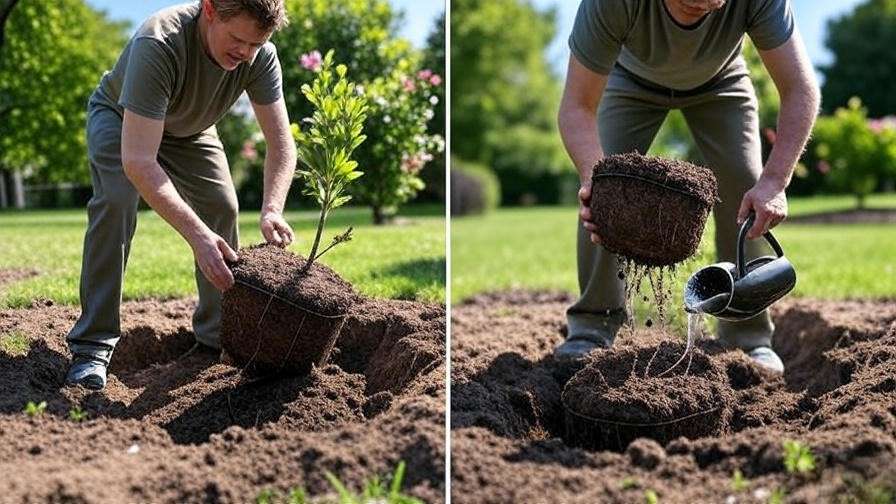
Repotting Tips for Healthy Growth 🔄
Repot your Jasper Tree every 1-2 years or when you notice roots circling the pot’s interior. Choose a pot 2-3 inches larger in diameter than the current one to avoid overpotting, which can lead to water retention issues. Use fresh soil mix and gently tease apart tangled roots before repotting. Water sparingly for the first week to reduce transplant shock. A common mistake is repotting too frequently or using an oversized pot, which can stunt growth. Always sterilize tools to prevent disease transmission.
Pruning and Maintenance: Keeping Your Jasper Tree Vibrant ✂️
How to Prune for Shape and Health
Pruning keeps your Jasper Tree healthy and aesthetically pleasing. Use clean, sharp pruning shears to remove dead, damaged, or crossing branches. Prune in early spring before new growth begins to minimize stress. Focus on maintaining a balanced shape, as Jasper Trees can become top-heavy without regular trimming. Remove no more than 20% of the foliage at once to avoid shocking the tree. Pruning also encourages airflow, reducing the risk of fungal diseases. Store tools in a clean, dry place to maintain their condition.
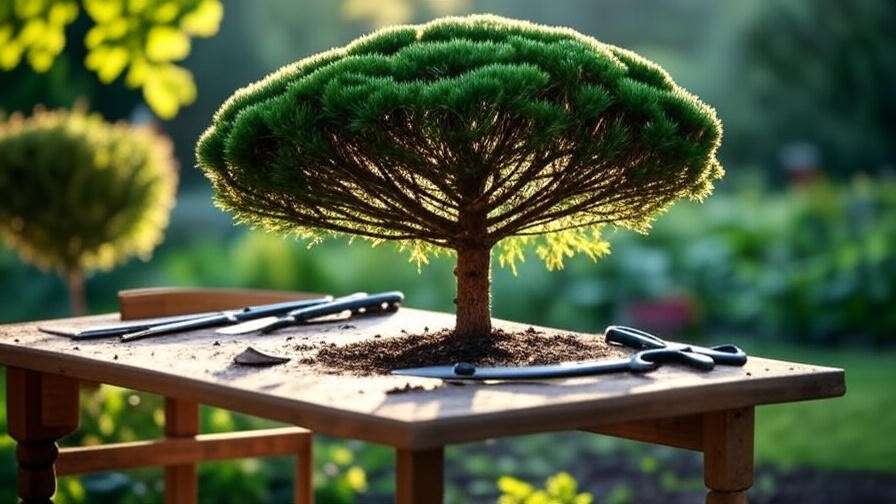
Regular Maintenance Checklist 📋
Keep your Jasper Tree thriving with this maintenance routine:
- Weekly: Check soil moisture and inspect leaves for pests or discoloration.
- Monthly: Clean leaves with a damp cloth to remove dust and boost photosynthesis.
- Seasonally: Adjust watering and fertilizing based on growth cycles.
Monitor for signs of stress, such as slow growth or leaf drop, and address issues promptly. Regular care ensures your Jasper Tree remains vibrant year-round.
Troubleshooting Common Jasper Tree Problems 🐛
Pests and Diseases: Identification and Solutions 🕷️
Jasper Trees are relatively resilient, but they can fall prey to common pests like aphids, spider mites, and scale insects. Aphids, tiny sap-sucking pests, cause leaves to curl and stunt growth. Spider mites leave fine webbing and yellow stippling on leaves. Scale appears as small, waxy bumps on stems. To treat, start with organic solutions: spray affected areas with neem oil diluted in water (1 tsp per quart) or a mix of dish soap and water. For severe infestations, consult a local nursery for insecticidal soap. Fungal issues, such as powdery mildew, may occur in humid conditions, presenting as white patches on leaves. Improve air circulation and apply a fungicide labeled for ornamental trees. Dr. Maria Lopez, a plant pathologist, recommends, “Regularly inspect your Jasper Tree’s underside leaves—early pest detection is key to preventing spread.” Prevent pests by keeping the tree clean and avoiding overwatering.
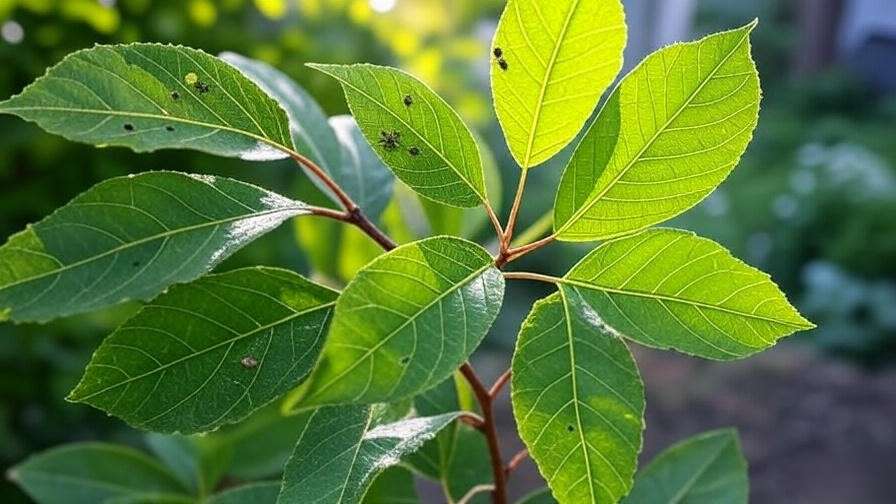
Fixing Growth Issues: Wilting, Yellowing, or Dropping Leaves 😿
Growth problems often stem from care mistakes, but they’re fixable with prompt action. Use this troubleshooting table to diagnose and resolve issues:
| Symptom | Possible Cause | Solution |
|---|---|---|
| Wilting leaves | Underwatering or root rot | Check soil moisture; water if dry or improve drainage if soggy. |
| Yellowing leaves | Overwatering or nutrient deficiency | Reduce watering; apply balanced fertilizer (10-10-10 NPK). |
| Dropping leaves | Temperature stress or low humidity | Move to a stable 65-80°F environment; increase humidity with a pebble tray. |
| Brown, crispy leaf edges | Too much direct sun or low humidity | Relocate to indirect light; mist leaves or use a humidifier. |
To revive a struggling Jasper Tree, adjust care based on the diagnosis, prune dead foliage, and ensure optimal conditions for a month. A reader asked, “Can a Jasper Tree recover from severe wilting?” Yes, with consistent care, most trees bounce back within 4-6 weeks.
FAQ: Common Jasper Tree Concerns
- How often should I water my Jasper Tree? Every 5-7 days in spring/summer, less in fall/winter, ensuring the top inch of soil dries out.
- Can Jasper Trees grow indoors year-round? Absolutely, with bright, indirect light and proper humidity.
- Why are my Jasper Tree’s leaves turning brown? Likely due to low humidity or too much direct sunlight—adjust placement and mist regularly.
Advanced Tips for a Show-Stopping Jasper Tree 🌟
Propagating Your Jasper Tree for More Plants 🌱
Propagating your Jasper Tree is a rewarding way to expand your collection or share with friends. The easiest method is stem cuttings:
- Select a healthy stem: Choose a 4-6 inch stem with at least two nodes and healthy leaves.
- Cut and prepare: Use sterilized shears to cut below a node; remove lower leaves.
- Root in water or soil: Place the cutting in water (change every 3 days) or moist soil with rooting hormone.
- Transplant: Roots form in 3-4 weeks; transfer to a pot with the recommended soil mix.
Avoid propagating in winter, as the tree’s growth slows. A common mistake is using unhealthy cuttings, which reduces success rates. Fun fact: Propagating saves money and makes thoughtful gifts for fellow plant lovers!
Styling Your Jasper Tree for Aesthetic Appeal 🎨
Jasper Trees shine in both modern and natural settings. Indoors, place them in decorative ceramic pots to complement their vibrant foliage. Outdoors, use them as focal points in small gardens or pair with low-growing plants like ferns or hostas for contrast. For a patio, cluster three Jasper Trees in varying heights for a dynamic display. Reader story: “I transformed my balcony with a Jasper Tree and some lavender—it’s now my favorite relaxation spot!” Companion plants like coleus or begonias enhance the Jasper Tree’s colors. For inspiration, check out garden design blogs or local botanical gardens showcasing ornamental trees.
Seasonal Care for Year-Round Jasper Tree Success 🍂
Spring and Summer Care Tips 🌸
Spring and summer are the Jasper Tree’s active growth seasons. Increase watering to every 5-7 days and fertilize monthly to support new growth. Move outdoor trees to spots with morning sun and afternoon shade to prevent leaf burn. Check for pests weekly, as aphids thrive in warm weather. For indoor trees, ensure good air circulation to prevent fungal issues. A quick tip: Mulch outdoor Jasper Trees with organic bark to retain moisture and deter weeds.
Fall and Winter Care Tips ❄️
As temperatures drop, Jasper Trees enter a semi-dormant state. Reduce watering to every 10-14 days and stop fertilizing until spring. For outdoor trees, wrap the trunk with burlap in regions with frost to protect against cold snaps. Indoors, keep trees away from heaters, which can dry out leaves. If humidity drops below 40%, use a humidifier or place a water-filled tray nearby. A reader shared, “My Jasper Tree thrived through winter after I started misting it daily!”
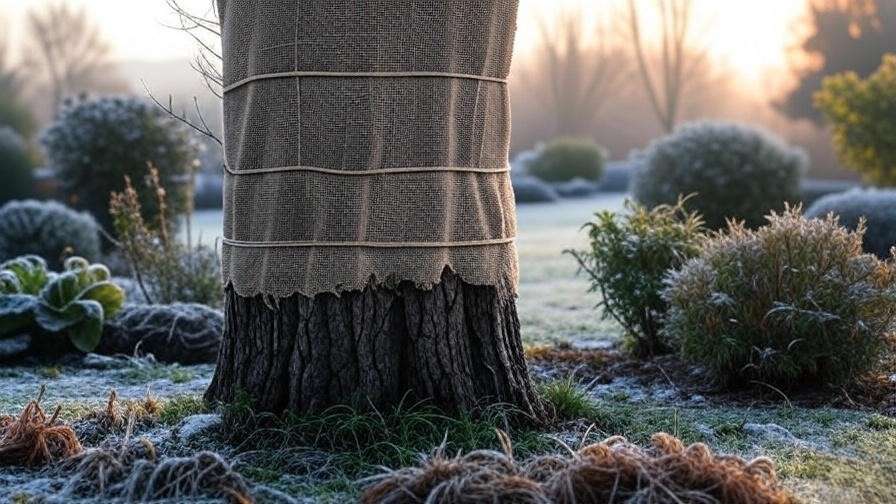
FAQs About Jasper Tree Care ❓
- How fast do Jasper Trees grow? Moderately, about 6-12 inches per year with proper care.
- Can I grow a Jasper Tree in a small apartment? Yes, choose a dwarf variety and use a 12-inch pot with good drainage.
- What’s the best fertilizer for Jasper Trees? A balanced 10-10-10 fertilizer or organic compost tea works well.
- Do Jasper Trees attract pests indoors? Rarely, but regular leaf cleaning prevents infestations.
- How do I know if my Jasper Tree is healthy? Look for vibrant, evenly colored leaves and steady new growth.
Conclusion: Your Path to a Thriving Jasper Tree 🌿
Growing a thriving Jasper Tree is within reach for any plant enthusiast. By providing the right light, water, soil, and seasonal care, you can enjoy vibrant foliage and a healthy tree for years. Whether you’re styling it as a statement piece or propagating new plants, the Jasper Tree rewards dedication with beauty and resilience. Start your journey today, and don’t be afraid to experiment with care techniques to find what works best for your tree. Share your Jasper Tree photos in the comments below, or ask us your questions! For more plant care tips, check out our articles on “Top 10 Low-Maintenance Trees for Beginners” or “How to Create a Plant Care Schedule.” 🌟

